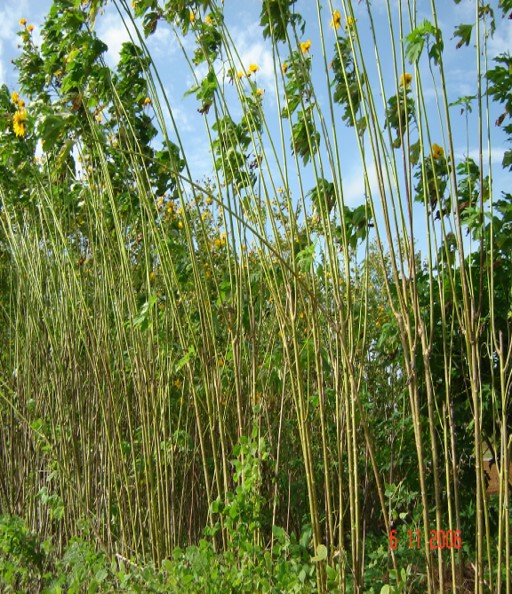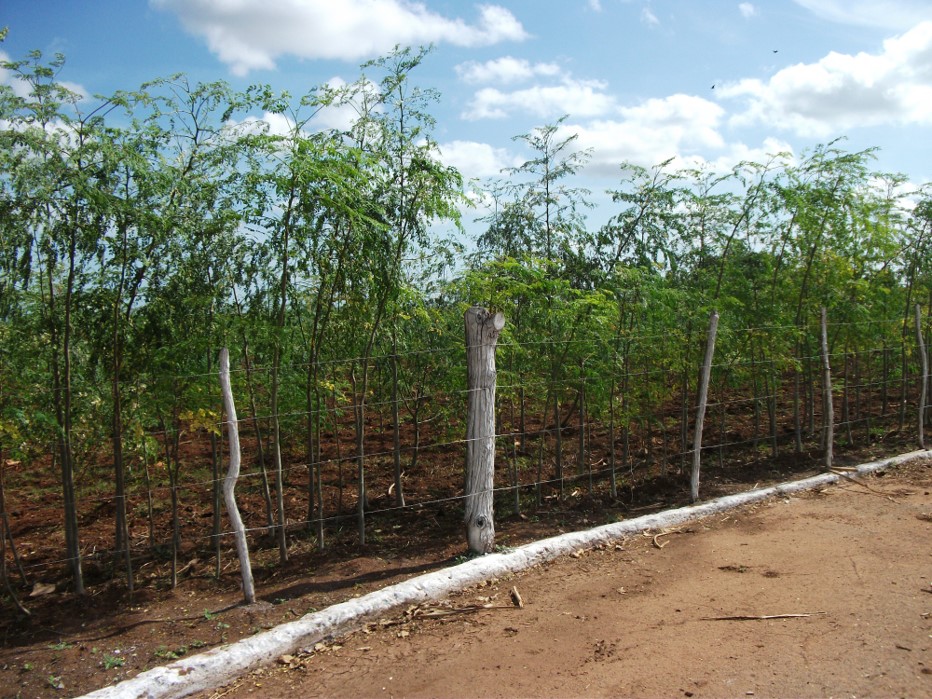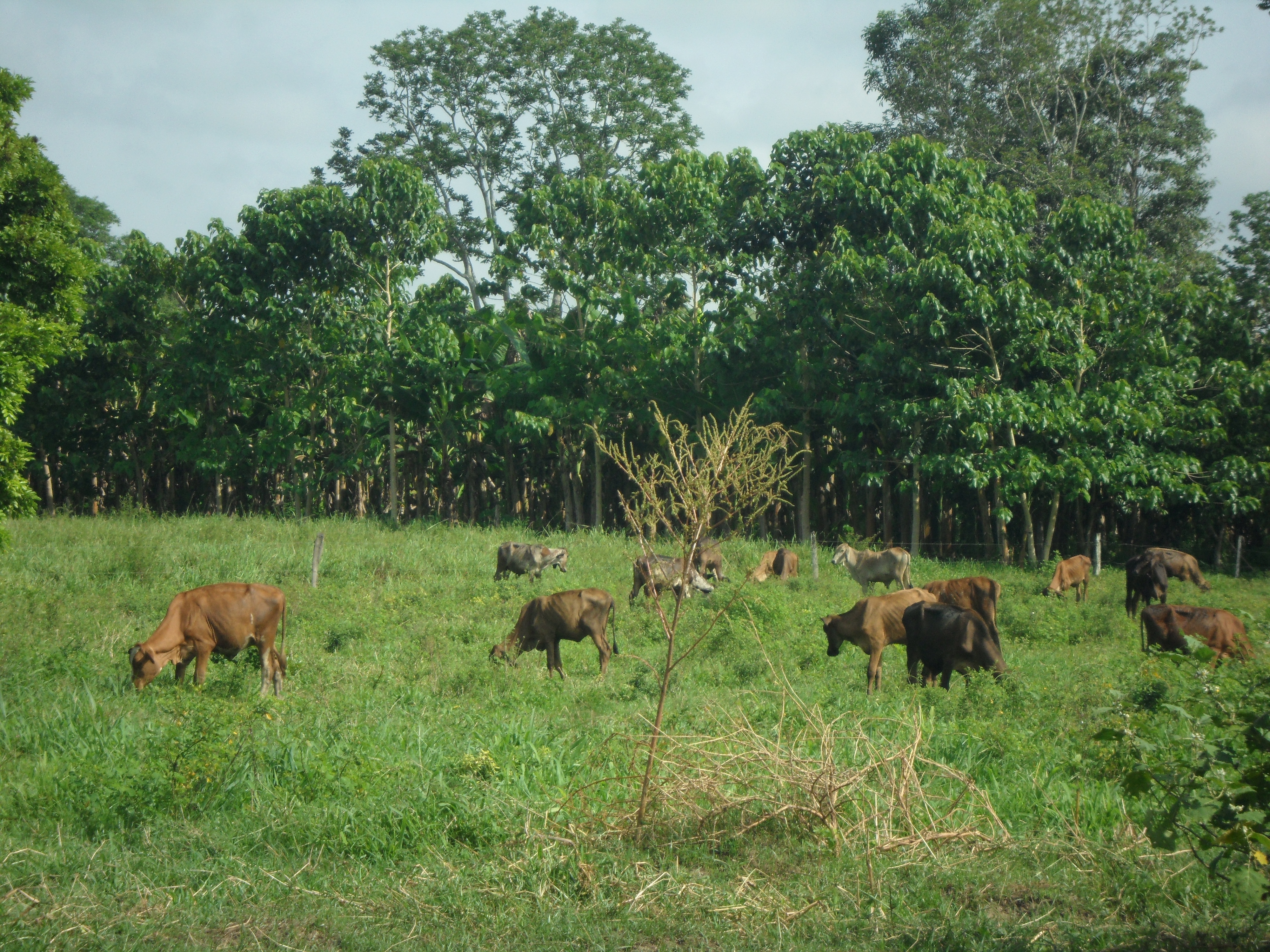Lignification is a crucial process in the development of plants that gives them rigidity, resistance and protection, it consists of the deposition of lignin, a complex polymer, in the cell walls of certain plant cells, this process is fundamental for the structural support of the plant, the transport of water and nutrients, and the defense against pathogens.

| Let's start by pointing out what is Lignin? |
|---|
Lignin is a complex organic polymer found in the cell walls of plants, especially in the cells of the xylem (vascular tissue responsible for the transport of water and minerals) and in the supporting fibers. According to Mazparrote and Delascio (1998), it is an aromatic polymer composed mainly of phenylpropane units, unlike cellulose, which is a polysaccharide, lignin is a heterogeneous polymer, which means that it is composed of different types of monomeric units joined irregularly, this structural complexity gives it great strength and rigidity.
Lignification is a complex process that involves several stages until it becomes embedded between cellulose fibers and other components of the cell wall, providing rigidity and resistance, lignification has its vital functions in plants such as:
- Structural support: lignin provides rigidity and strength to stems, branches and roots, allowing plants to grow in height and support their own weight, it is essential for the development of trees and shrubs.
- Water and nutrient transport: the lignification of the xylem cell walls strengthens the conductive vessels, allowing an efficient transport of water and minerals from the roots to the leaves.
- Protection against pathogens: Lignin forms a physical barrier that hinders the penetration of fungi and bacteria into plant tissues.In addition, some compounds derived from lignin have antimicrobial properties.
- Waterproofing: Lignification reduces the permeability of cell walls, which helps prevent water loss in terrestrial plants.

Lignification does not occur uniformly in all parts of the plant, it is mainly concentrated in the xylem, the vascular tissue responsible for the transport of water and minerals, support fibers that are cells specialized in providing mechanical support, sclerenchyma, support tissue formed by cells with thick and lignified cell walls. lignin is one of the main components of terrestrial biomass.
On the other hand, from the point of view of livestock farming lignin is a component that is indigestible in the animal stomach, this substance is found in lower amounts in herbaceous plants such as grasses, therefore, it is important that grasses are supplied to animals before it reaches maturity, because once the grasses are mature the cell walls thicken and increase the amount of lignin in the plant which can cause problems of digestibility of the forage consumed by the animals.

Dear readers, lignification is an essential process for the development and survival of plants. The deposition of lignin on cell walls confers rigidity, strength, protection and other crucial properties. Understanding this process is fundamental for plant biology, agronomy and animal husbandry according to the above mentioned about grasslands in the feeding of ruminants.
Thank you for reading our articles, until a next publication
| Bibliographic references |
|---|
- Mazparrote, S. and Delascio, F. (1998). Botany. Biosphere Publishing House. Miranda, Venezuela.
- Fuentes, J. (1998).Agricultural botany. Mundi.press. Madrid, Spain.
Sources
- Photography and images: All photographs and images are the property of the author
- Agrotecnia banner: made by the author with own images
- Hive Banner: Designed by the author @amestyj with image owned by hive.


